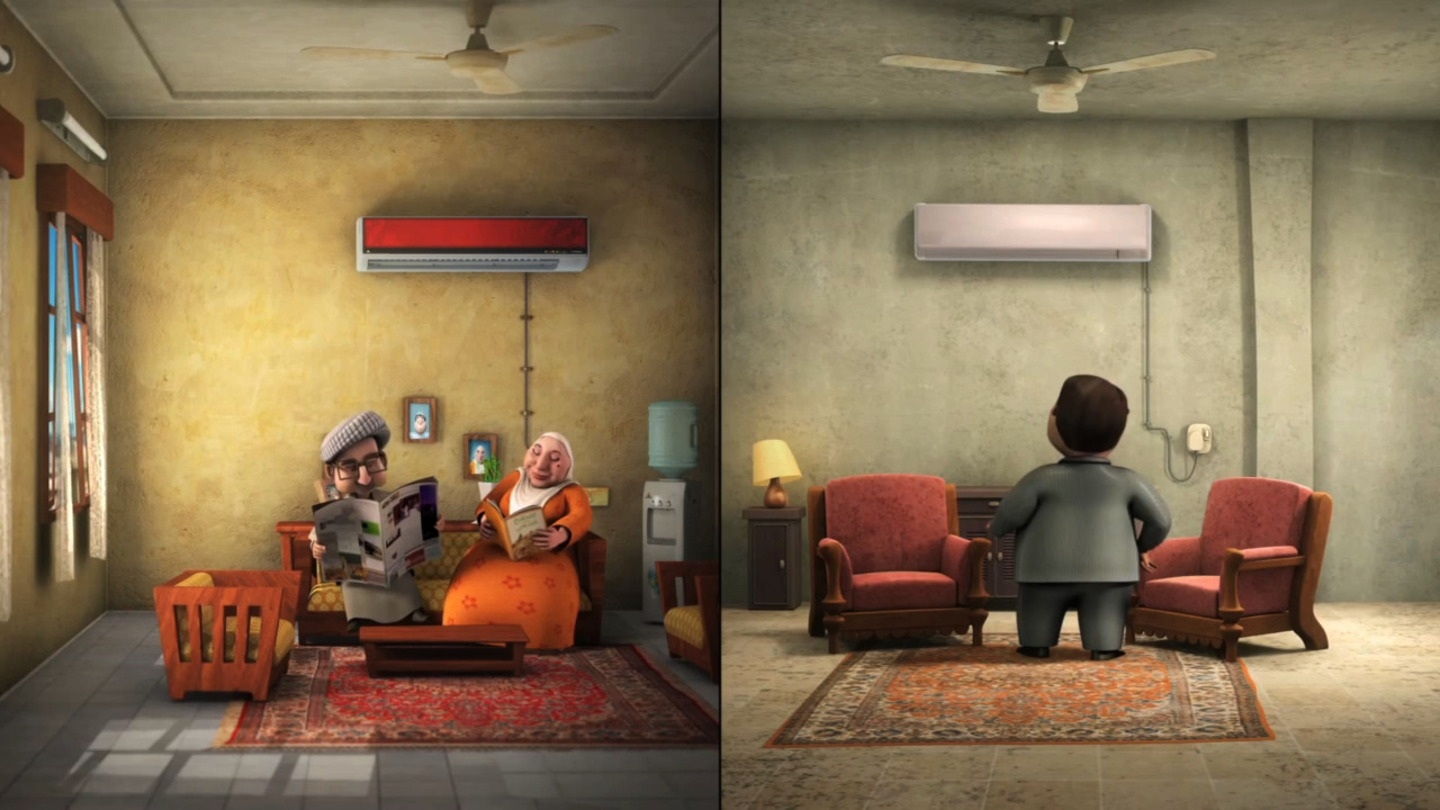It captures the divide between the ones creating images and the ones under observation. The history of photography taught us to image. It attributed to itself an unquestioned right to document, leaving unacknowledged a right to the image and a right to be forgotten.
In people’s movement and their representation, what happens to images when they are sent into exile, continuously collected as data, and eventually erased from public view?
In the past two decades, Maryam Jafri has not only questioned how images travel—situating contemporary image culture at the intersection of art, law, and ethics—but also examined what happens when social relations and personal identity increasingly merge with economic imperatives.
Maryam Jafri’s exhibition at Fotogalleriet presents several new and recent works in diverse media, including installation, photography, sculpture, and video. Branding, identity, and authenticity expose the conflict between freedom of (self-)expression and the concerns around privacy. Privacy appears to be eroding faster than ever as a result of our constant online presence.
The new GDPR rules passed by the EU to mitigate the effects of Big Data have not had ideal results. The Romanian government, for example, prosecuted activists for posting online videos of police brutality. The videos showed the policemen’s faces (categorized as data under GDPR) and thus violated their privacy. Other states, such as France, were quick to follow suit, applying and strengthening similar regulations in their national laws. At the same time, we are also witnessing the opposite trend—erosion of the boundaries between private and public life. Branding has become a precondition for how we are governed and understand and experience our sense of self: we are urged to brand.
Maryam Jafri’s presentation in Oslo focuses on the intersection between art and economy and its consequences for our subjectivities, minds, and bodies. By doing so, the artist aims to start a discussion on the use and misuse of images, and with it, ethics of representation, including control over one’s data. The exhibition includes the following works: The Everyday Model (2021), a photo/text work centering on the phenomenon of “ordinary-looking” people who model for everyday consumer items. (Dis)appearance Online (2021), traces the status of crucial historical images from national archives in Iraq, Syria, and Jordan and their online appearance, disappearance, and non-appearance, in public, and commercial image banks. Home Office ft. Angola, Iraq, Vietnam, Vicodin (2021), is an installation focusing on branding through a global lens. Lastly, the video Hi Maryam (2021) examines pointcasting or one on one marketing—the delivery of a unique product or service to a single individual.
Several public programs will accompany the exhibition, including a book launch for Jafri’s publication Independence Days (2021), published by TAXISPALAIS Kunsthalle Tirol and Verlag der Buchhandlung Walther und Franz König. Further program details will be communicated on Fotogalleriet’s website and social media platforms.




